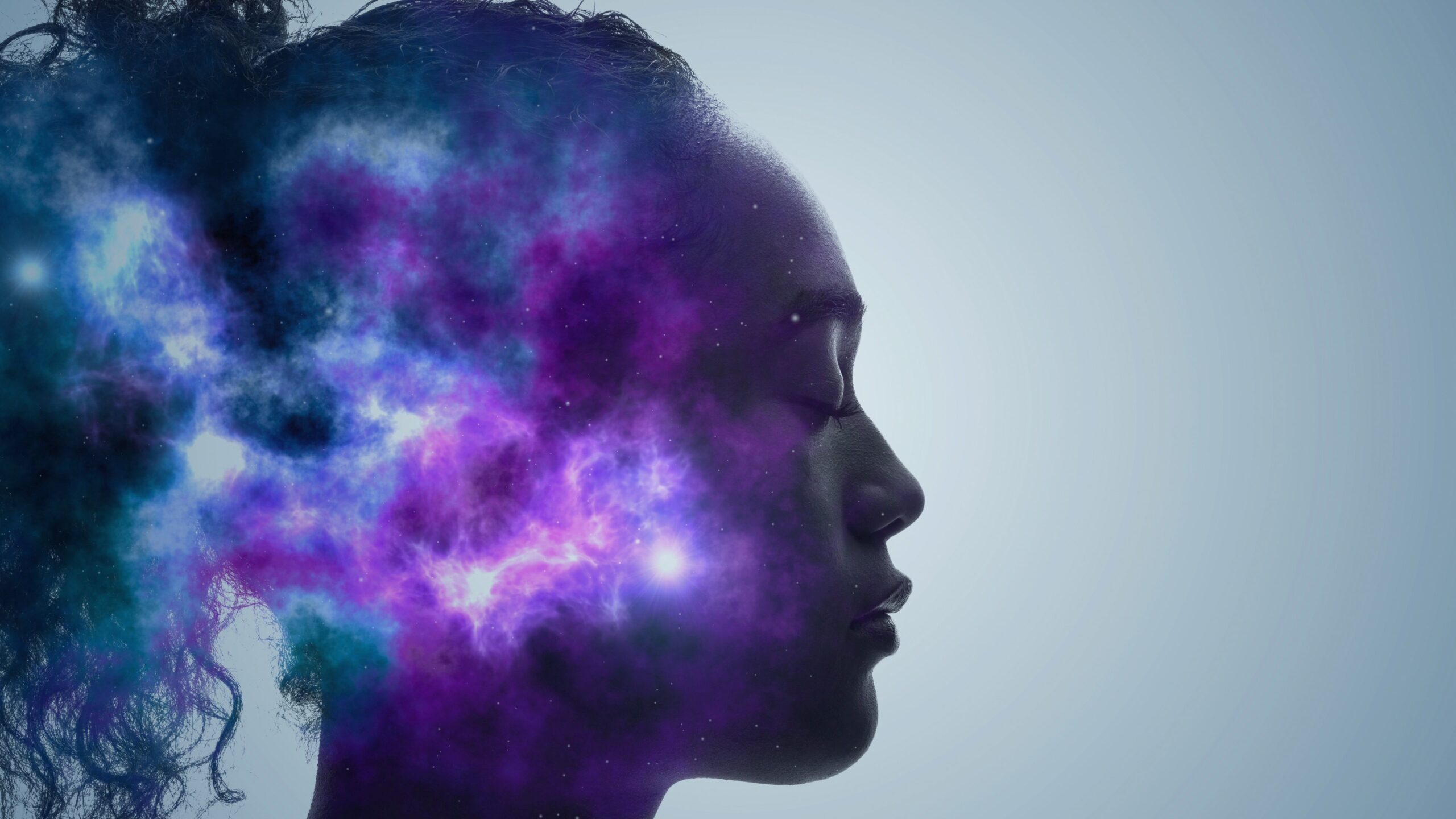For decades, marketing was considered as the “make things pretty” department of the business world.
However, we now live in a world ruled by figures. Organizations are utilizing data to create more efficient and effective marketing campaigns.
For so long, marketing professionals have relied exclusively on creativity and imagination that they seem to have developed an unspoken understanding that creativity and analytics are polar opposites. A lot of them are scared that data and automation will restrict creativity and reduce innovation.
Many argue that this belief comes from the popular ‘left brain vs. right brain’ psychology. The left controls logic and language, while the right controls creativity and comprehension.
But thanks to new findings in neuroscience, we now know that the ability to perform any task–whether creative or analytical–is strongest when both brains work together.

Add to that, the digital explosion which has catapulted data science to monumental levels, with data-driven marketing and analytics guiding a large part of our marketing decisions and endeavors.
Nowadays, we are witnesses to the evolution of marketing from the “make things pretty” department into the high-stakes position of the “make things profitable” department. More than making things look good, marketers are now expected to prove their contributions positively impact the bottom line. This means meticulous budget tracking, campaign re-evaluation, and trying out new techniques–all in the search for better ROI.
“Creativity without data is just art. But data without creativity is neglect.” – Steve Babcock
The truth is, you’re already making decisions based on data even if you don’t realize it.
Content marketing expert Greg Weinstein notes: “Even when creatives favor instinct over research, they’re still using data they’ve collected through experiences and observation over the course of their lifetime.”
“Technological advancements in market research can supercharge the creative process by providing rich insights into highly targeted niche consumer groups. When used correctly, data is not the enemy of creativity; it can be its most powerful ally,” Weinstein adds.
Art meets Science
Social media influence and demanding millennials are forcing brands to revisit their understanding of how creativity plays a part in their data-centric marketing models.
So does this mean creativity should lead with data following behind? Or is it the other way around? Creative digital strategist Becky Wang says they are both tools that come together in the design thinking process which has roots in the scientific method to solve marketing and communication challenges.

Embrace data but avoid data overload
While it is true that data-driven marketing and data collection enables an in-depth understanding of a customer’s wants and needs, it’s important to remember that innovation is the cornerstone of differentiation. Its inherent capacity to explore the unexplored, think the unthinkable, and innovate–creativity gives us that edge. And without creativity, you would keep repeating what has already been done before instead of conjuring infinite possibilities.
A perfect match
It’s hard to emotionally engage with data. However, the unique insights analytics provide can be a springboard for more unique and compelling creative solutions.
Creativity and data can co-exist and should be the beating heart of all marketing. Data, automation, and analytics, on the other hand, are the guiding tools to help make more effective decisions.
“Marketers have to unite data, creative content, and technology to achieve success. Understanding your audience comes first, but using that information to create more relevant, valuable, creative, and empowering experiences for consumers is the path to greater business success. And that’s the future of how data drives value for brands.” – Lisa Utzschneider
Takeaways
- Analysts and creatives can both find unique insights, interesting connections, and new strategies by looking at data together.
- Using data analytics helps steer creative briefs in the right direction.
- Creatives will have a much better insight into emotional triggers that perform better for specific audiences.
- Data teams can get a better insight into how human behaviors drive the numbers that they’re analyzing.
- Creatives have a good sensibility for human truths and pain points, and data analysts know how to match different data sources to interpret and map these truths for more effective campaigns.
